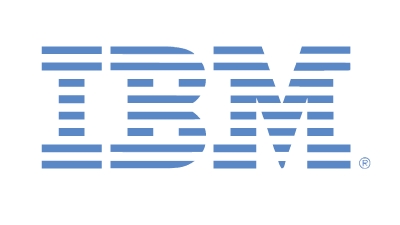Tax Credit Serves As A Boost For VARs, Systems Integrators, Solution Providers
Submitted by Michael Siegel on

Michael Siegel (pictured) is managing director in the Houston office of alliantgroup, a national business advisory firm serving clients in several industries.
As information technology spreads throughout numerous industries, the work of systems integrators, VARs and solution providers will be tied to long-term economic growth in the U.S.
Systems integration itself has become a global economic driver, having been valued at nearly $234 billion in 2015 and expected to more than double by 2025, with North America accounting for the largest share, 30 percent, according to Grand View Research.
All that has not been lost on U.S. policymakers, who have strengthened a major government incentive that benefits these companies: the Research & Experimentation Tax Credit, or R&D Tax Credit.
For those unfamiliar with it, the R&D Tax Credit has been part of the federal tax code for over three decades. But in recent years, access to it has been expanded as a result of regulatory changes, new legislation and a string of recent court rulings. In its current form, the tax credit has evolved into an anti-outsourcing incentive designed to reward companies for enhancing their products, processes or services, and for keeping high-paying technical jobs in the U.S.
So, the credit has become a tremendous opportunity for systems integrators, value-added resellers and solution providers given the technical nature of their work and the technical backgrounds of their employees. For technical projects tied to the improvement of automated processes, or the design, development and integration of multiple systems, VARs, systems integrators and solution providers are among the best candidates for the credit and the potential tax savings it offers.
The total tax savings generated by the credit depends on numerous variables, ranging from the number of qualifying projects to the wages of the employees who work on those projects. Since the credit is based on a variety of factors, its value will vary on a case-by-case basis.
However, to give an idea of how valuable the credit can be, let’s review the case of an IT solutions provider with annual revenue of over $70 million. For projects spanning a four-year period, this company received over $1.4 million in federal and state credits. The company engaged in projects that included the design and engineering of a secure network communications system for a government agency. Specifically, the solution provider’s network engineers analyzed the software and hardware of a host server, and after discovering various security risks, implemented changes and systematically tested the server to ensure the communications system could not be infiltrated.
What qualified the solution provider for the credit were the technical nature of the work and the enhancement of processes to solve a client issue or problem. As defined by the federal tax code, this is R&D in its truest form and the exact sort of activities the tax credit is meant to reward.
Here are just a few different types of projects that have traditionally qualified VARs, systems integrators and solution providers for the credit:
- Designing, developing or engineering hardware, software or firmware solutions;
- Installing new or improved infrastructure, or network security design;
- Installing, optimizing and maintaining equipment through performance engineering and systems integration;
- Programming industrial control systems and various instrumentation, such as SCADAs, PLCs, embedded sensors and pneumatic devices;
- Developing tools to detect viruses, spyware, malware and ransomware, as well as for intrusion detection, traffic analysis and forensics;
- Developing data center and cloud-based solutions;
- Designing, testing and launching custom software solutions and mobile apps; and
- Optimizing communications networks and securing information systems.
From 1985 to 2014, the Research & Experimentation Tax Credit was extended 15 times before Congress made it permanent in 2015, and expanded it so that small and mid-size businesses can take advantage of it. If you want to grow or help grow your bottom line, look into the tax credit as an option.






